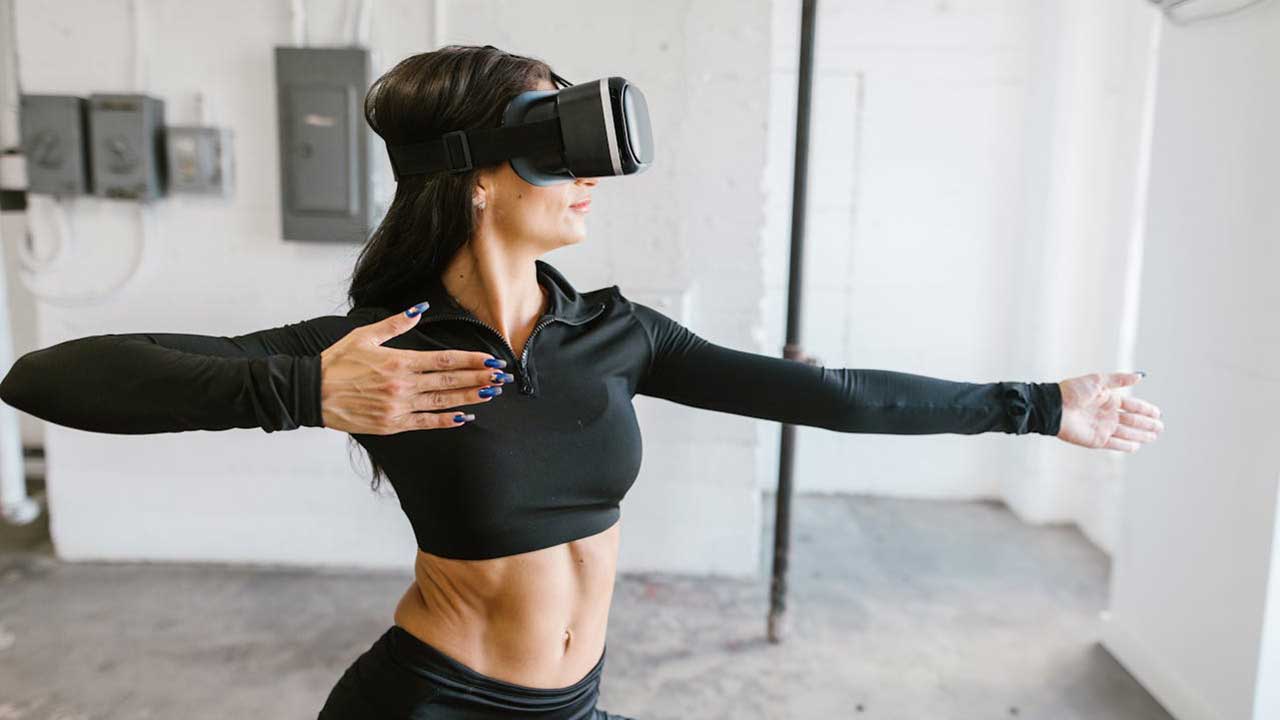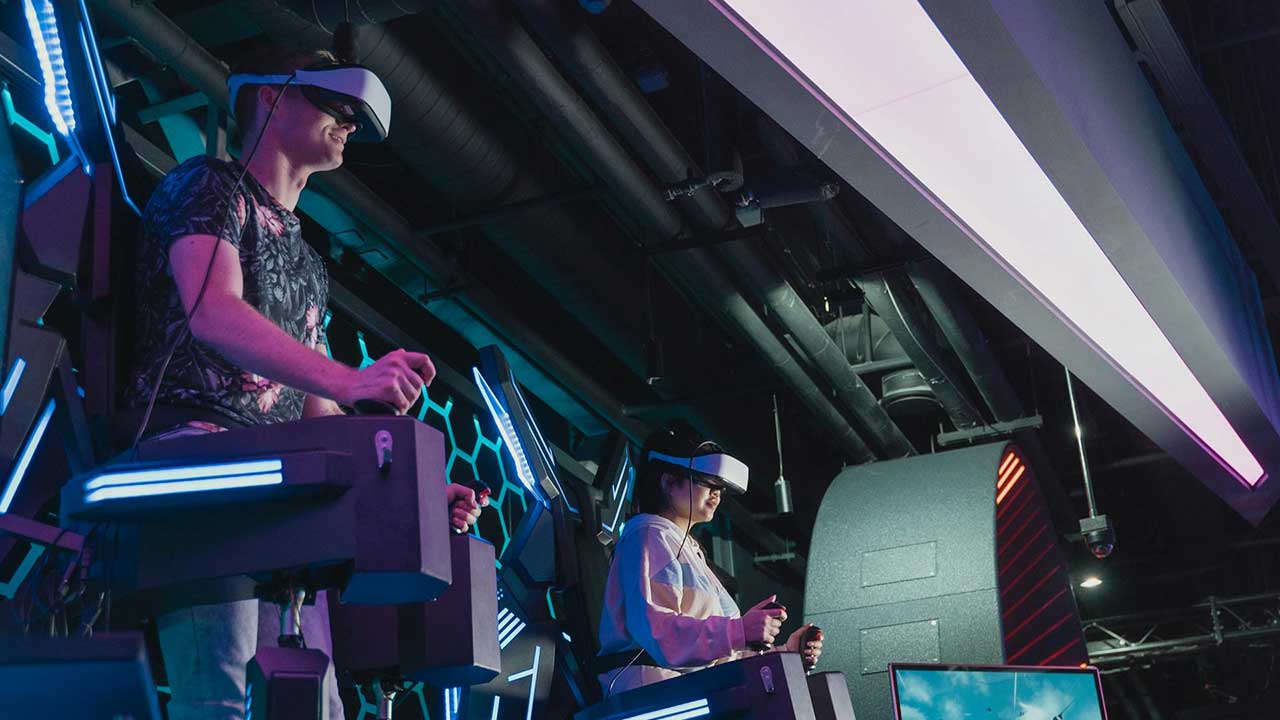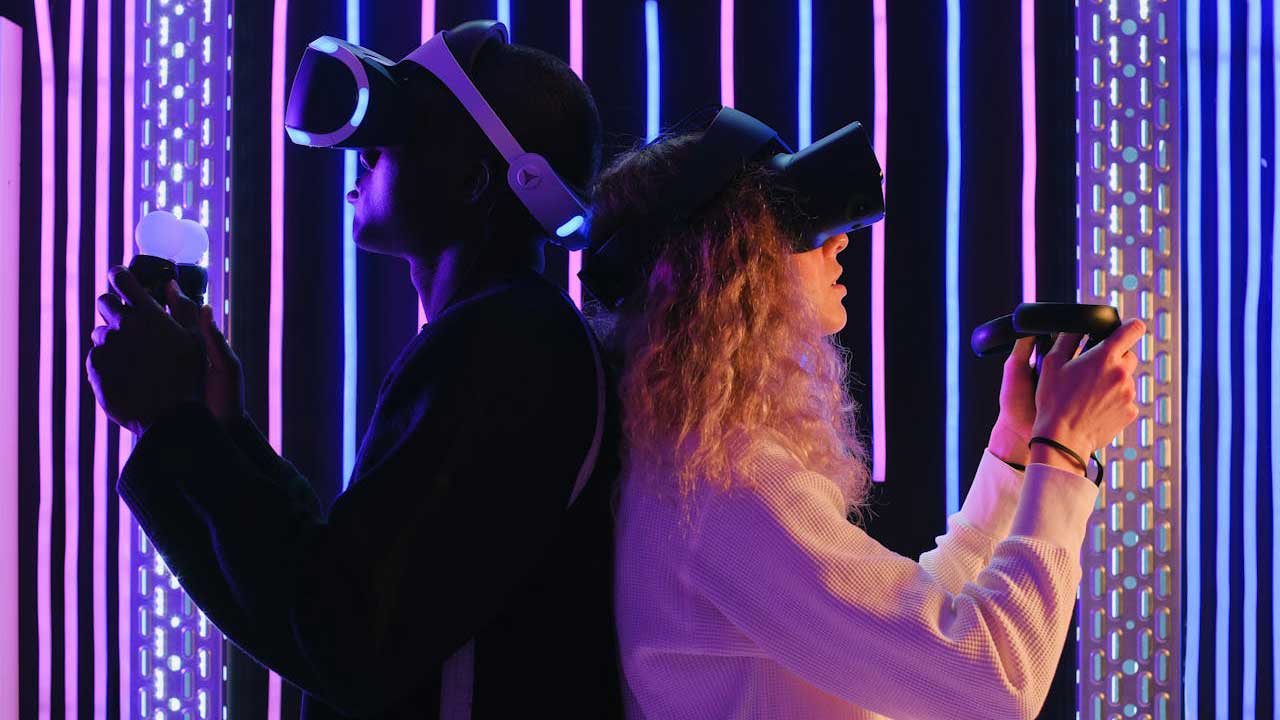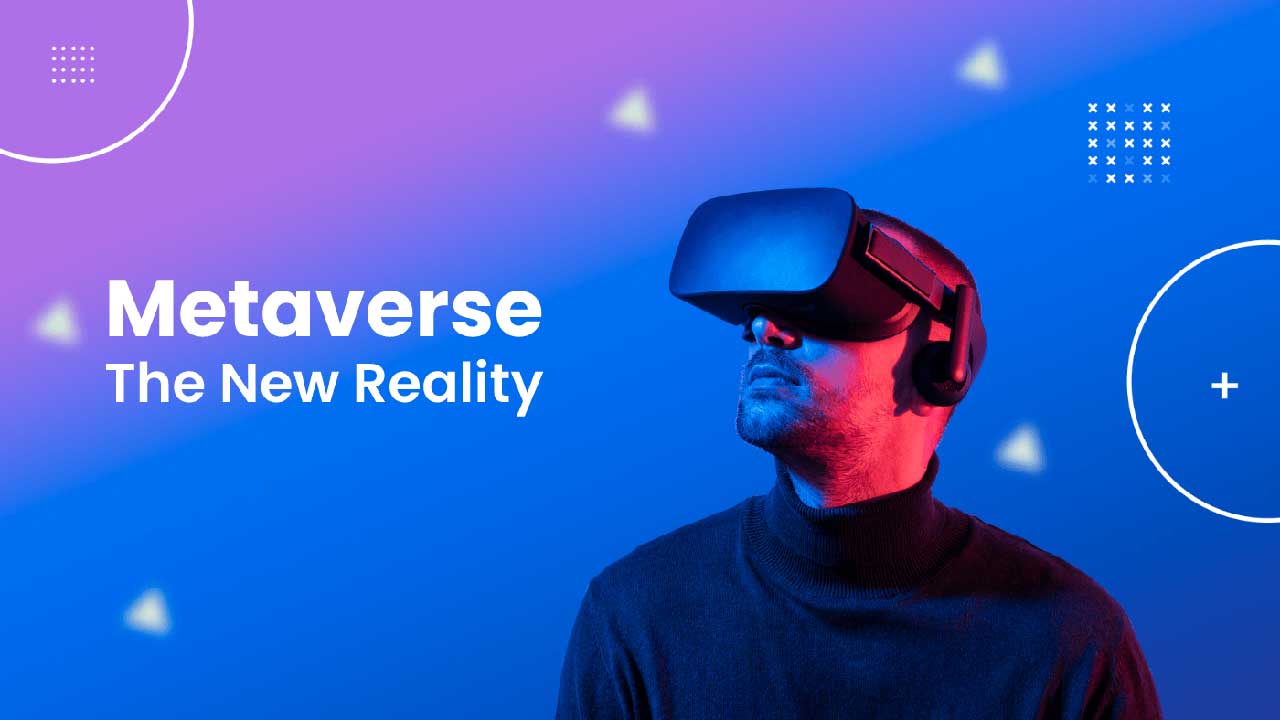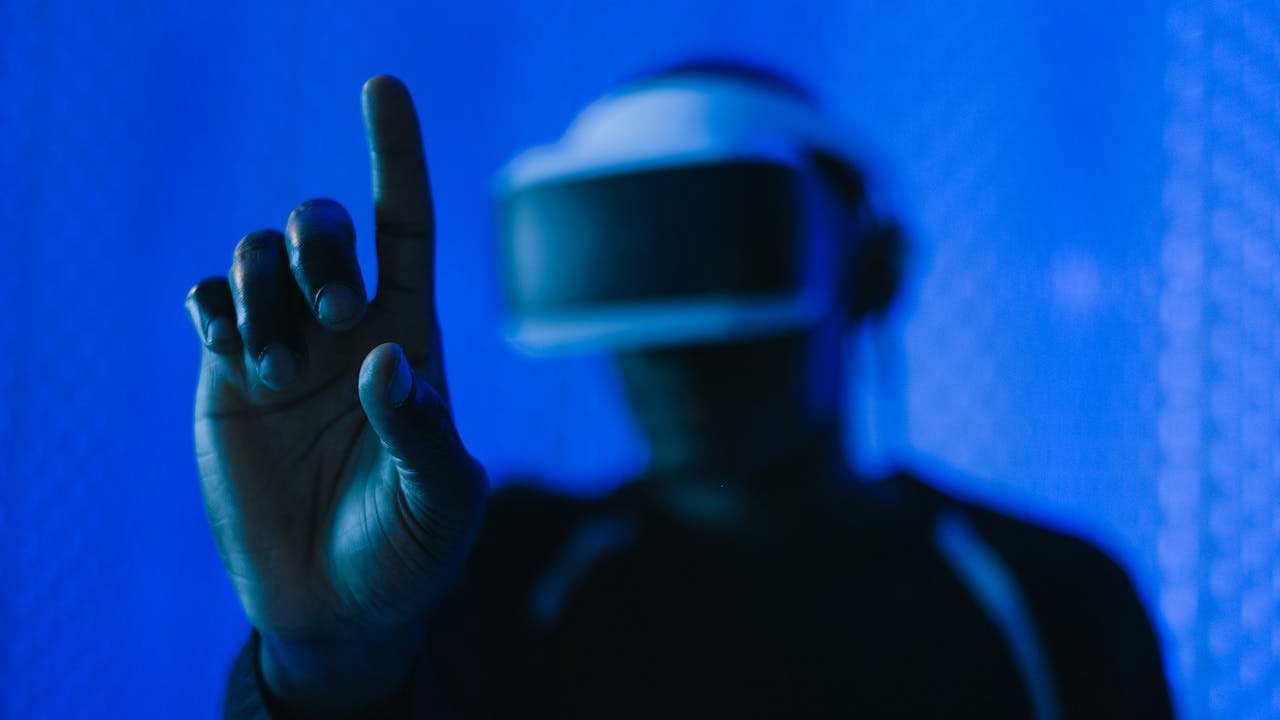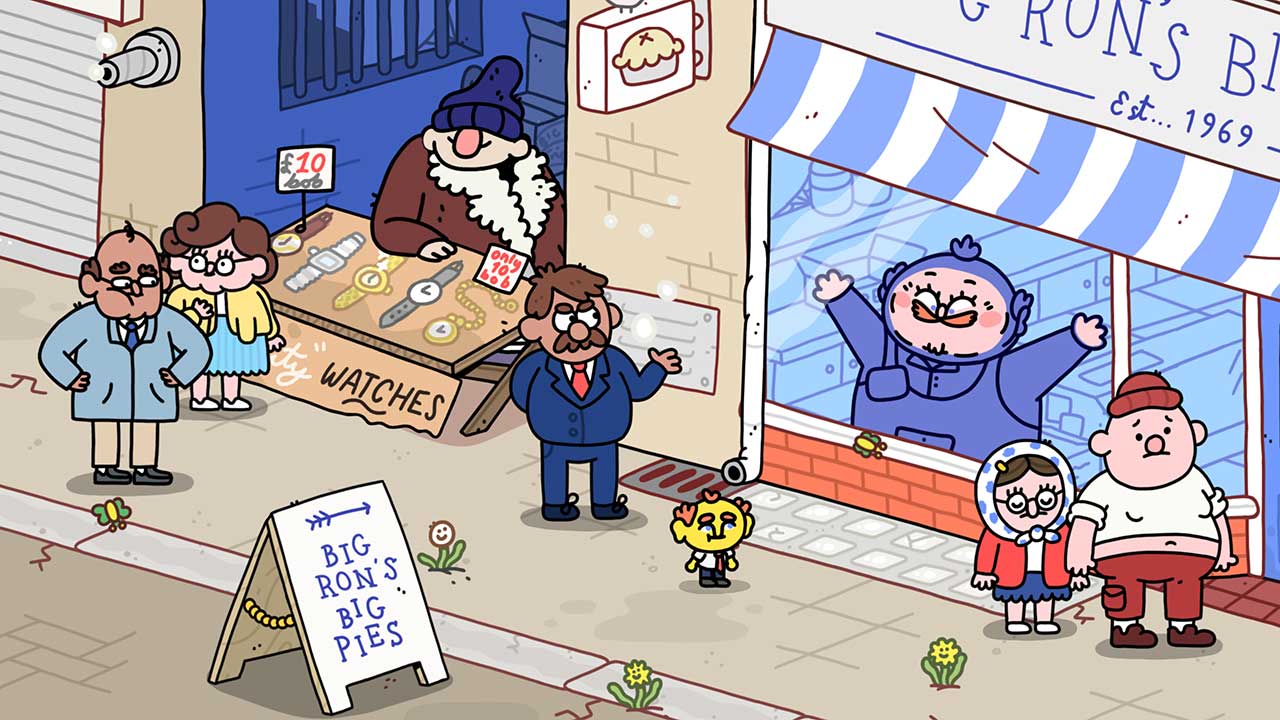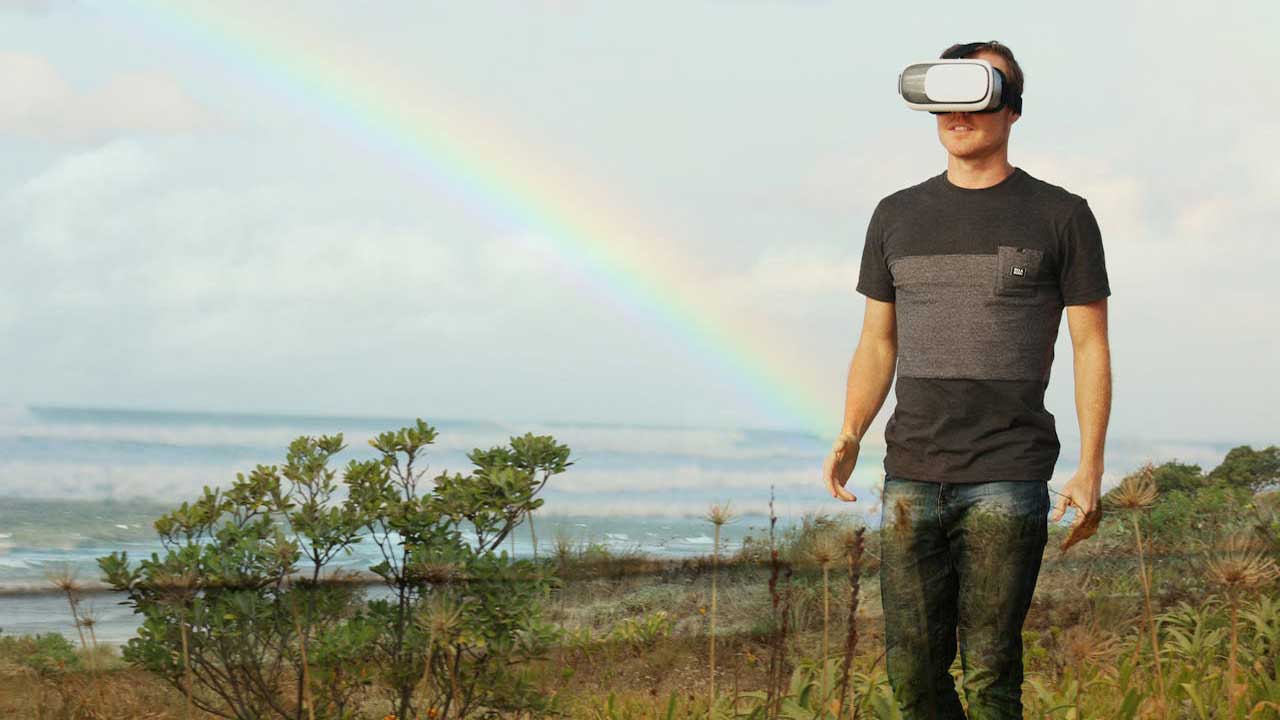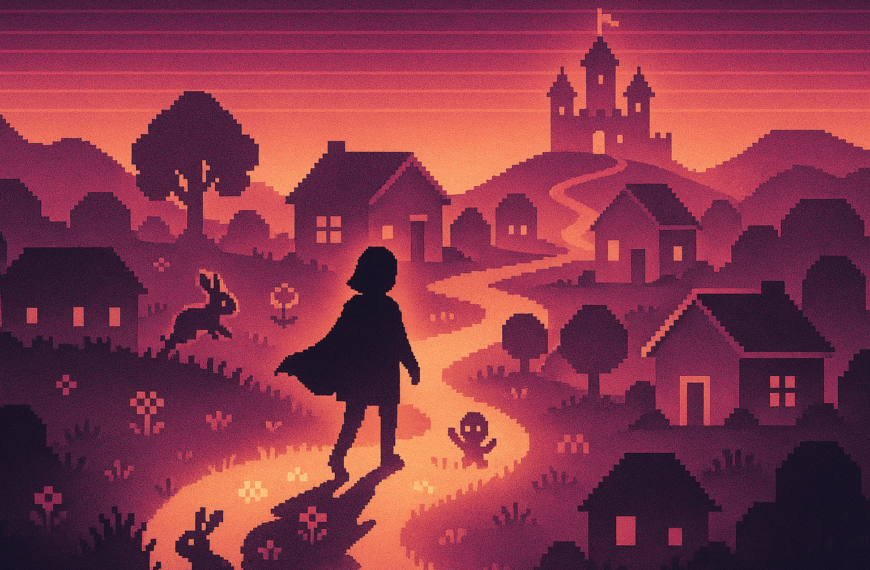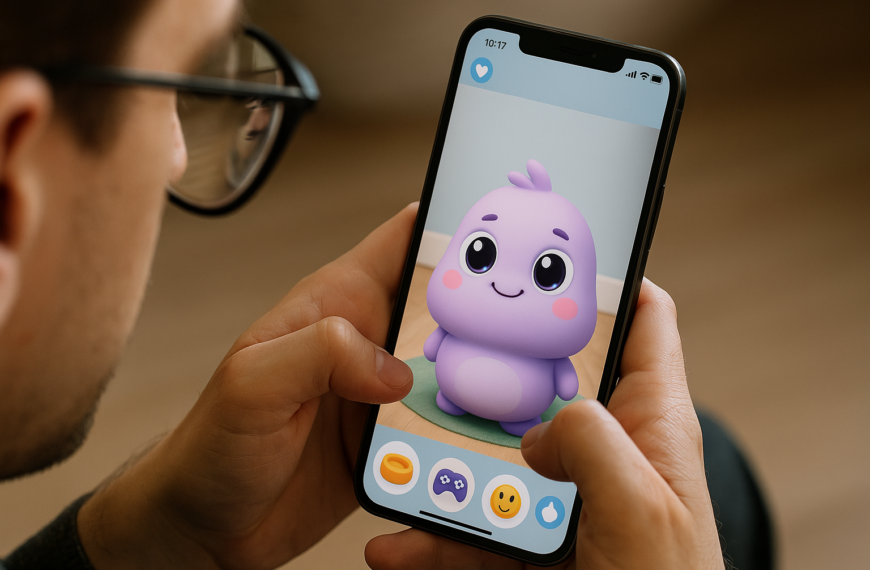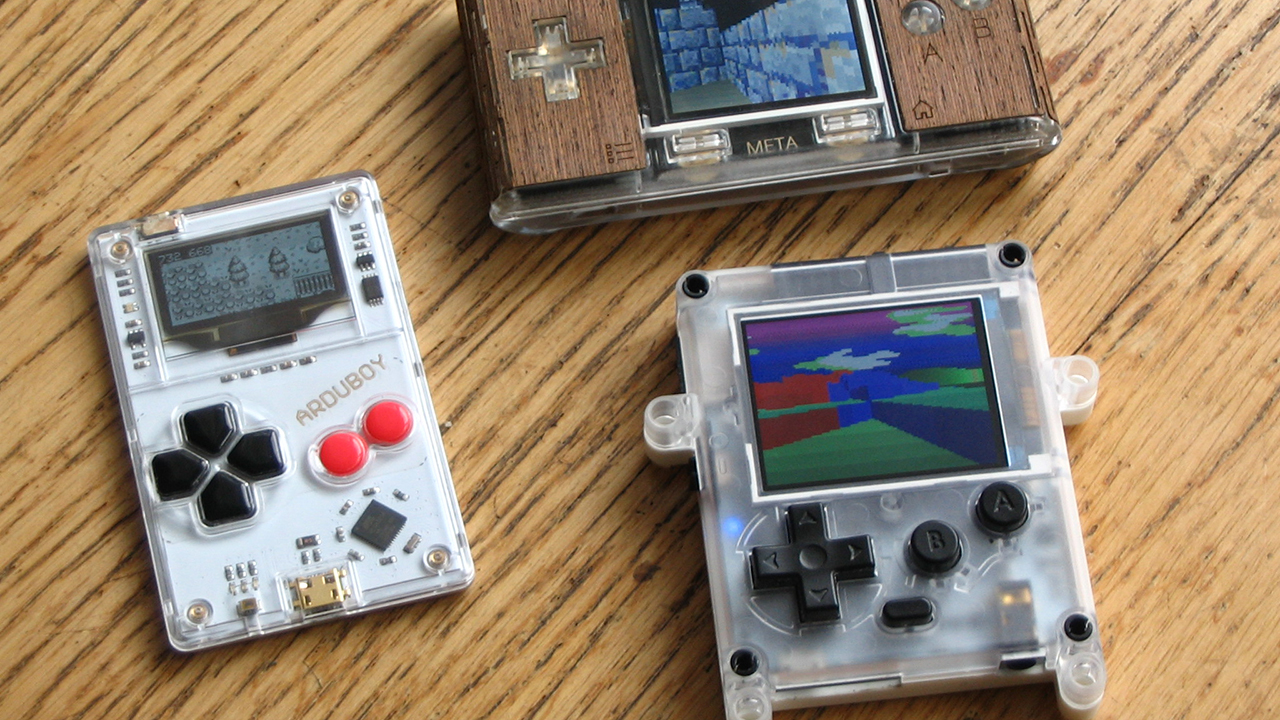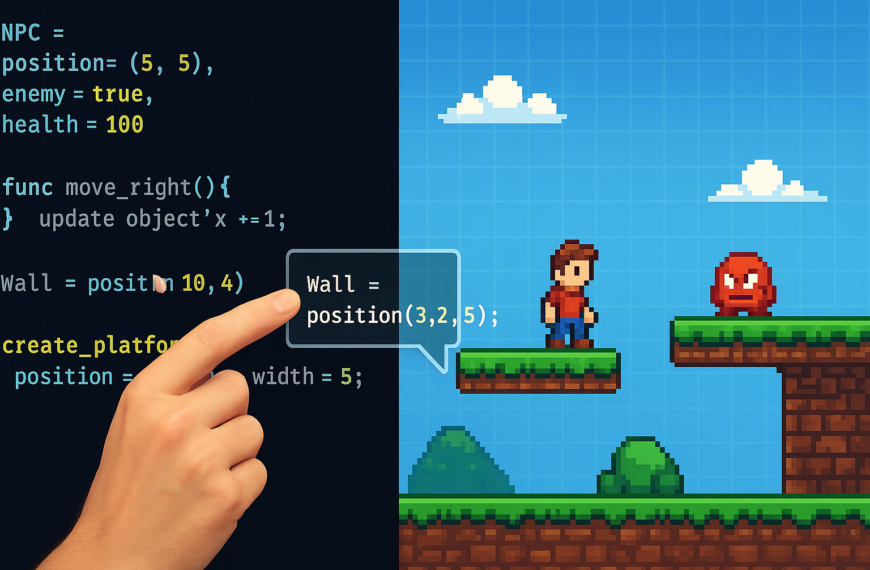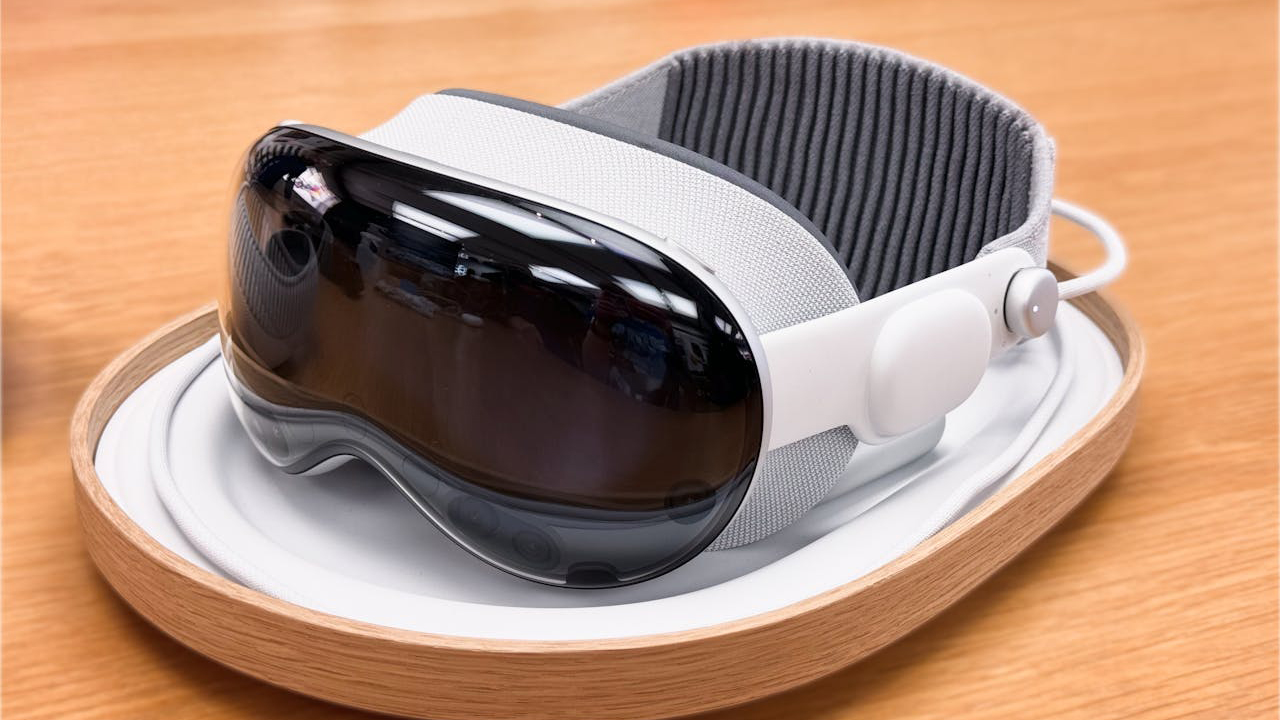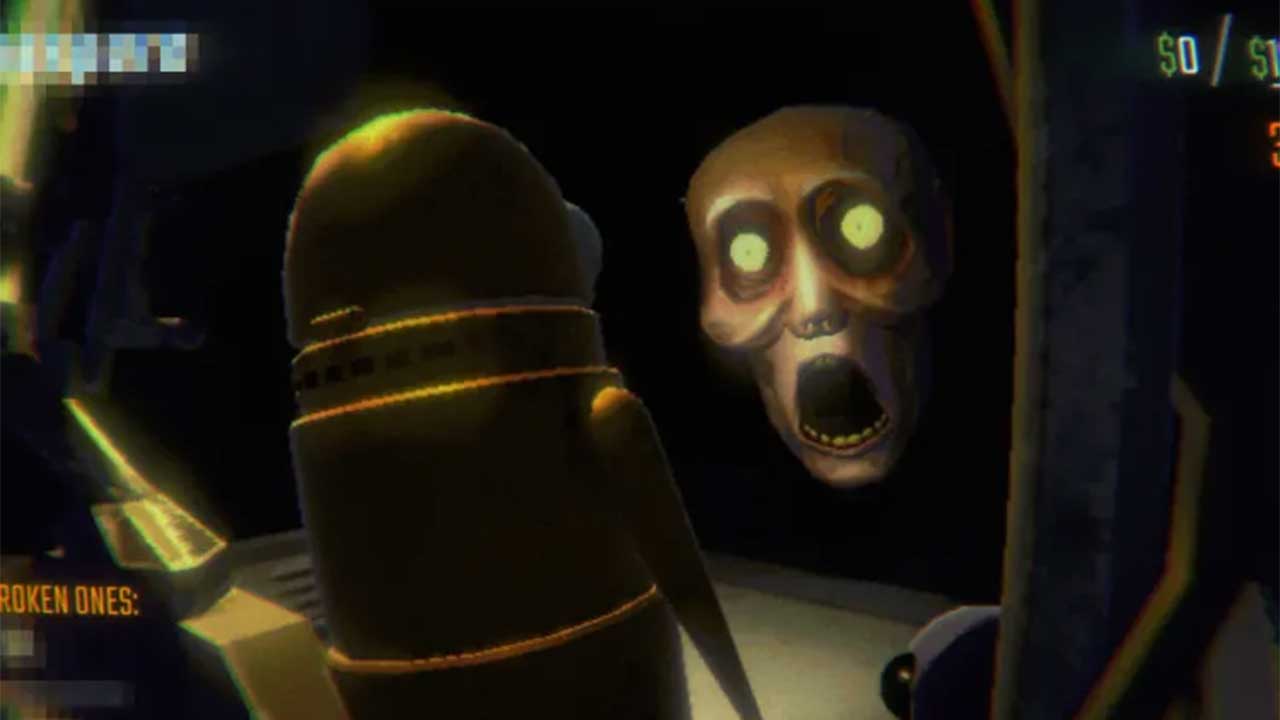Mini-maps have been a default feature in video games for decades. Whether you’re navigating a fantasy world or scanning an open-world city, that little square in the corner has always had your back. But in virtual reality, the rules have changed. Traditional HUD elements like mini-maps feel out of place—literally. They float awkwardly in your field of view and interrupt the sense of immersion that VR is built on.
This shift isn’t just about aesthetics—it’s changing how players explore, how developers design, and how we define orientation in virtual spaces. Here’s why mini-maps are disappearing in VR, and what’s replacing them.
Rethinking Navigation in VR
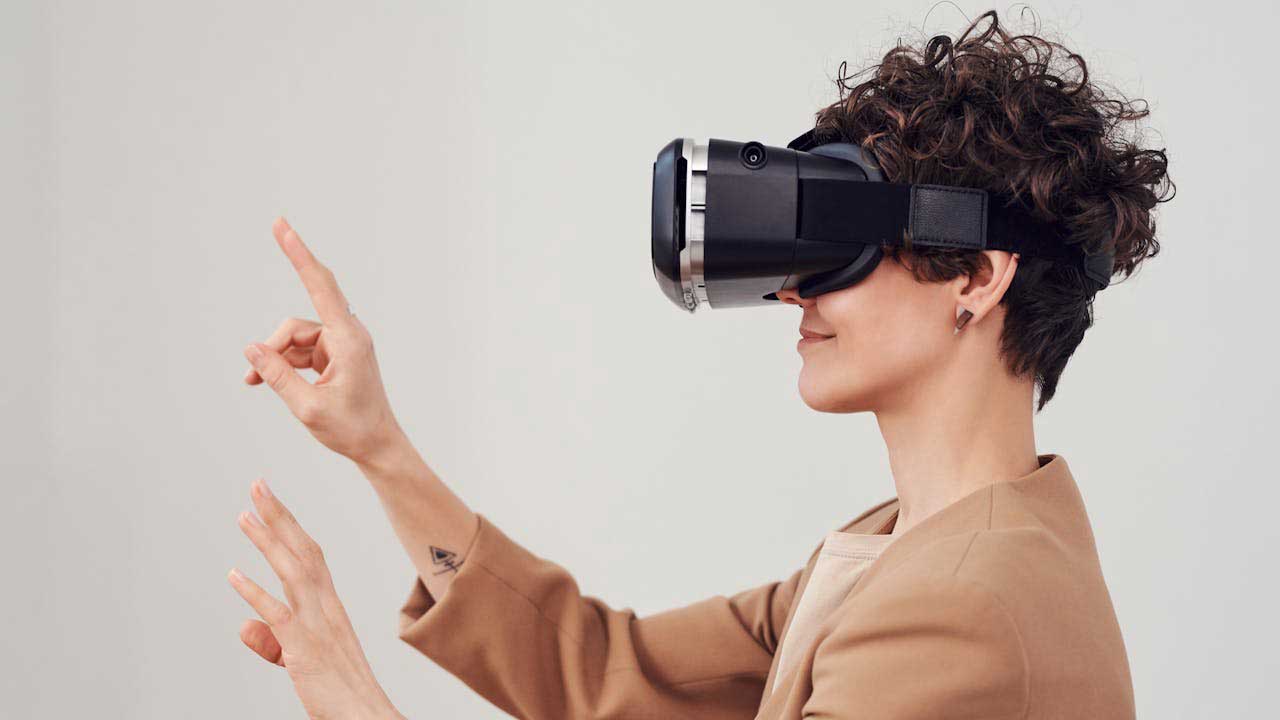
Image Credit: fauxels/pexels
Mini-maps have long been a staple in traditional gaming, offering players a quick reference for orientation. But in VR, these overlays can break immersion and distract from the spatial awareness the medium depends on. VR requires more natural navigation cues that feel intuitive rather than imposed.
By removing mini-maps, developers are pushing players to engage directly with the environment. It’s a move that changes how players explore and interact with space, forcing developers to rethink traditional UI design from a spatial learning perspective.
Embracing Environmental Cues
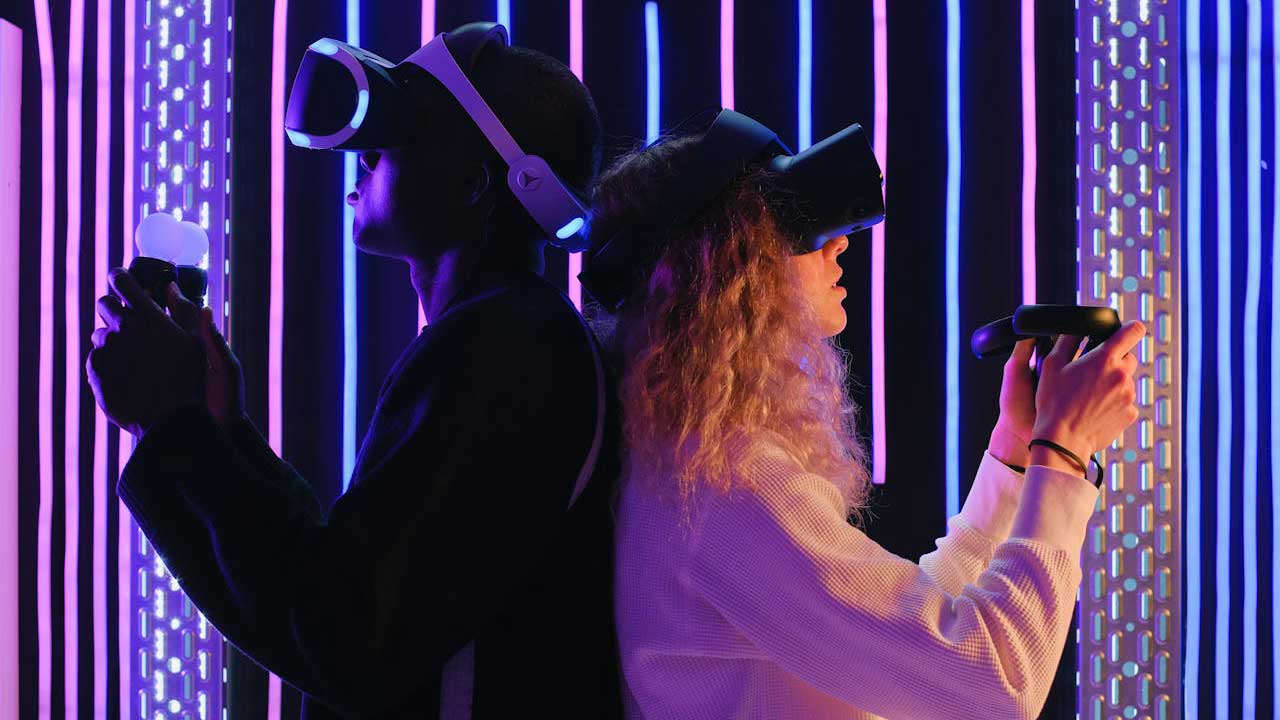
Image Credit: SHVETS production/Pexels
Without a mini-map to fall back on, games have started using architectural features, lighting contrasts, and environmental storytelling to lead players. These cues mimic how we navigate real spaces—through landmarks and visual orientation rather than a floating dot in the corner.
This shift creates more immersive and believable worlds. Developers now have to think like architects and directors, using subtle world-building to communicate direction. As GameAnalytics highlights, the absence of HUD elements forces more intentional level design and player awareness.
Leveraging Gaze and Movement
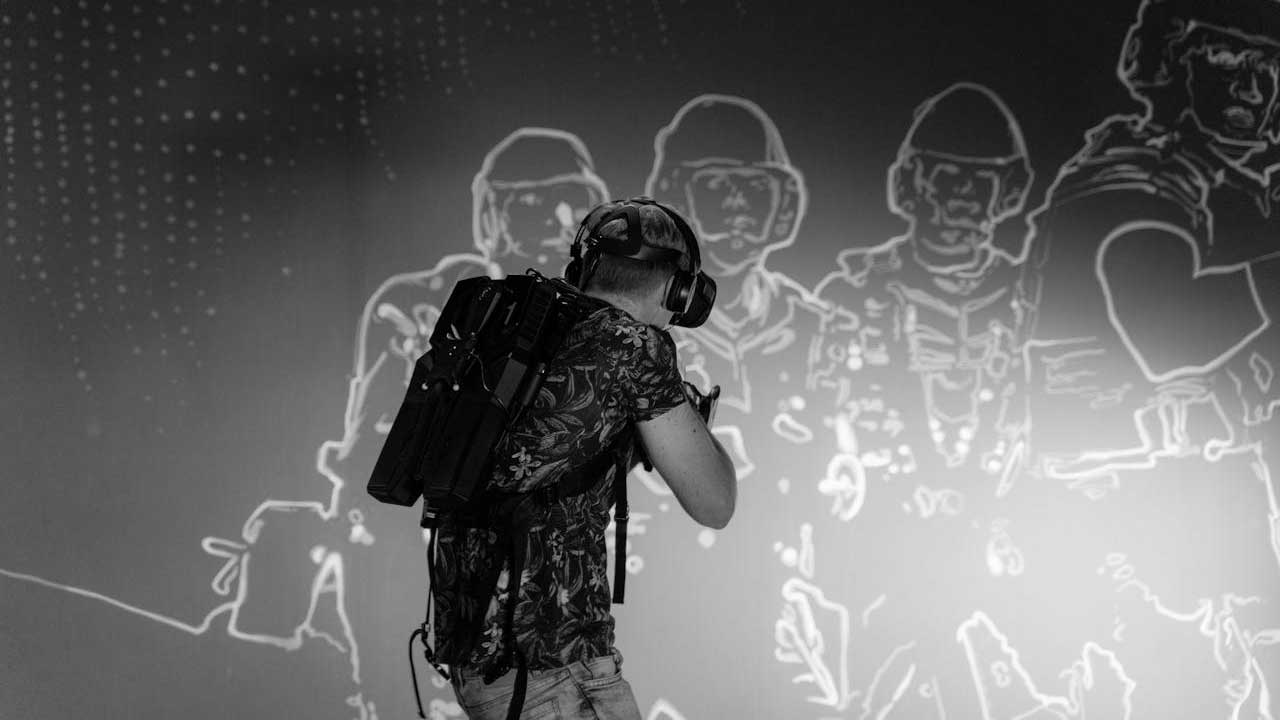
Image Credit: Tima Miroshnichenko/Pexels
In VR, your head is the cursor. Gaze-based interactions let players select, target, or navigate simply by looking. That alone replaces the need for map-checking or constant UI scanning. It keeps attention where it belongs—inside the experience itself.
Movement matters too. Physical steps or gestures can guide and unlock areas, creating an intuitive system of progression. This design choice connects the player’s body to the environment and replaces clunky interfaces with something far more natural in ways that traditional flat games can’t replicate.
The Role of Sound in Orientation
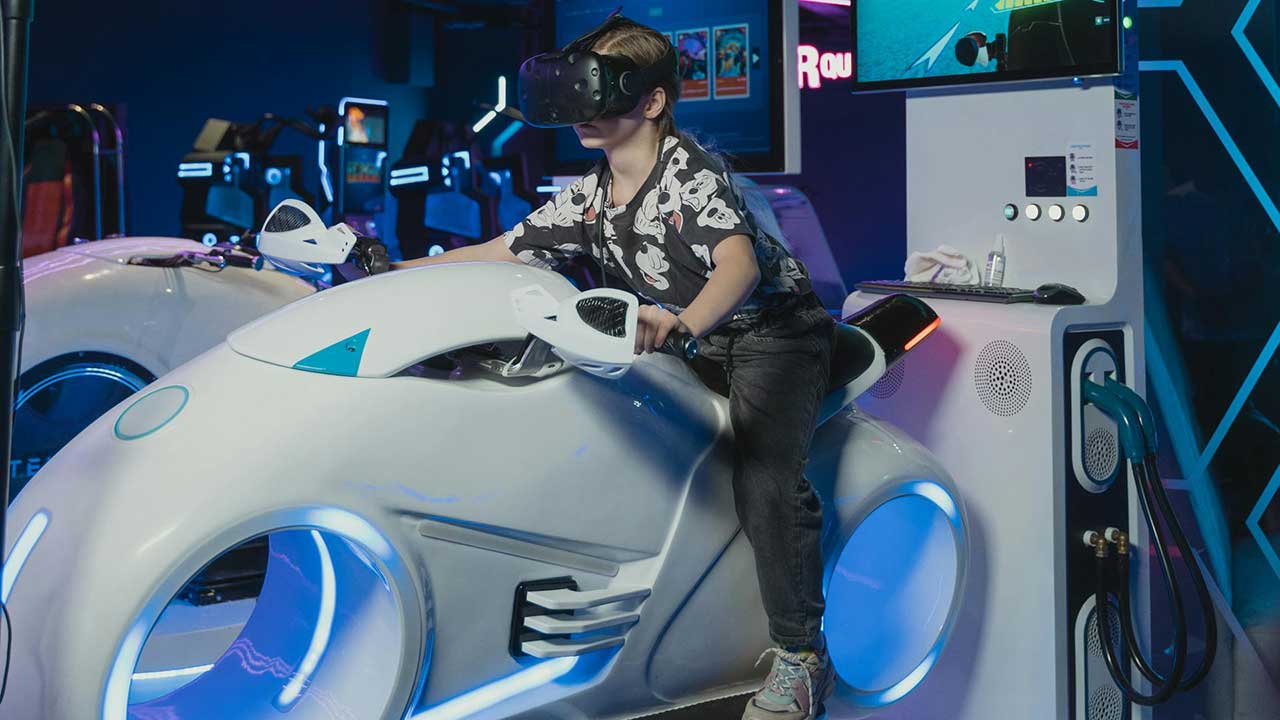
Image Credit: Tima Miroshnichenko/Pexels
Audio is another underused but powerful tool in VR. Directional sound helps lead players organically without flashing arrows or pings. A creaking gate, humming machinery, or rushing water can all act as subtle cues that nudge players in the right direction.
This type of sound design not only supports navigation—it deepens immersion. It rewards players who pay attention and ties movement to curiosity. Instead of staring at a mini-map, players start listening to the world itself for guidance.
Encouraging Spatial Memory

Image Credit: Pixabay/Pexels
Without mini-maps, players naturally begin building internal mental maps. This taps into spatial memory, making exploration more rewarding as players gain confidence in their sense of direction and location. It turns the world into a puzzle rather than a checklist.
To support this, designers create areas with distinct color palettes, terrain types, or themes—tricks that help players remember routes and places without needing to “check the map.” It leads to a more meaningful sense of place and progress throughout the game.
Why This Matters for the Future of VR

Image Credit: Eren Li/Pexels
The slow death of the mini-map in VR isn’t a loss—it’s a sign of progress. As games push toward greater immersion, traditional UI elements fall away. Developers are leaning into environment, sound, and player instinct to create smoother, more connected experiences.
Mini-maps had their place. But in VR, the world itself is the map—and that shift is unlocking better design, richer gameplay, and deeper player engagement.
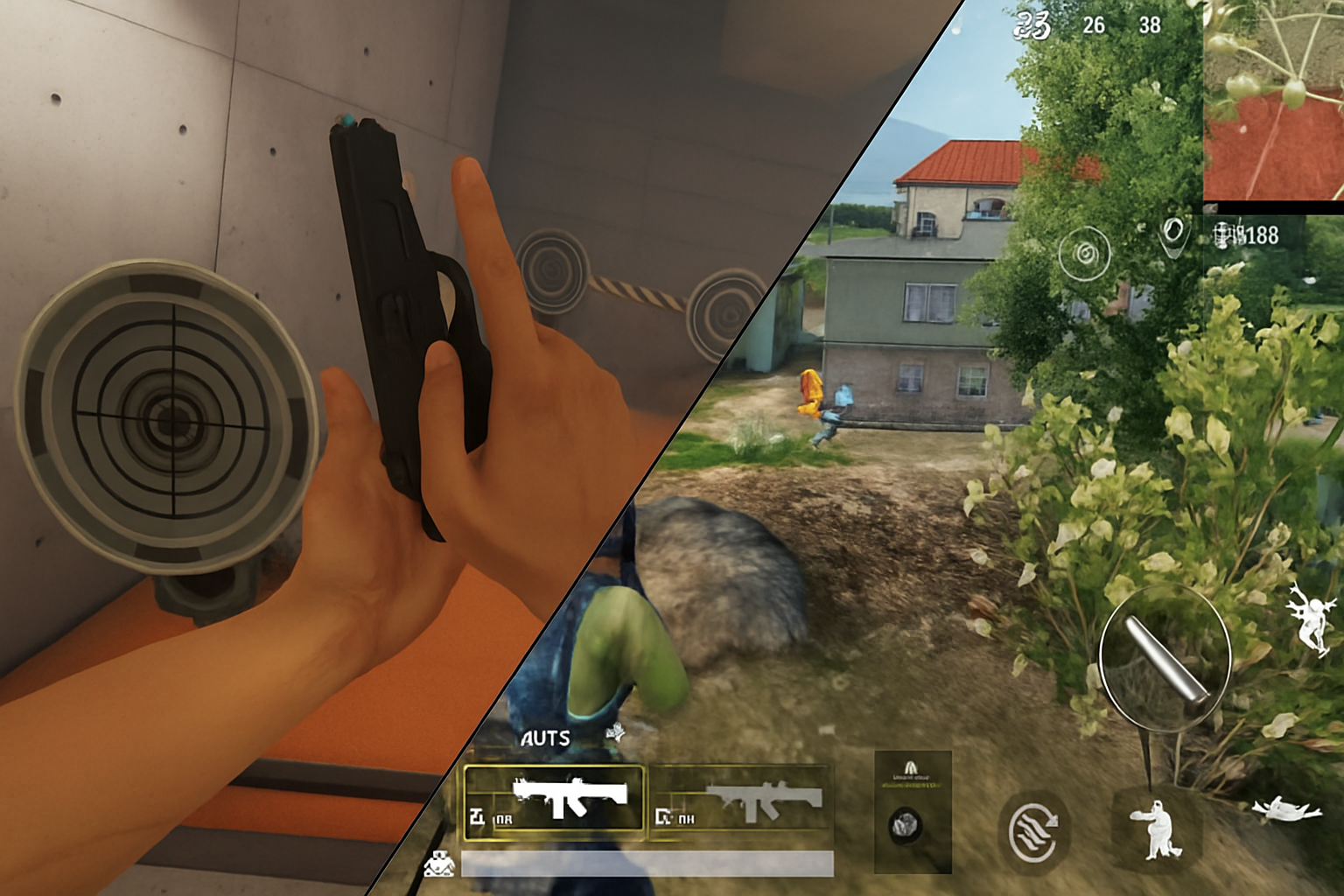
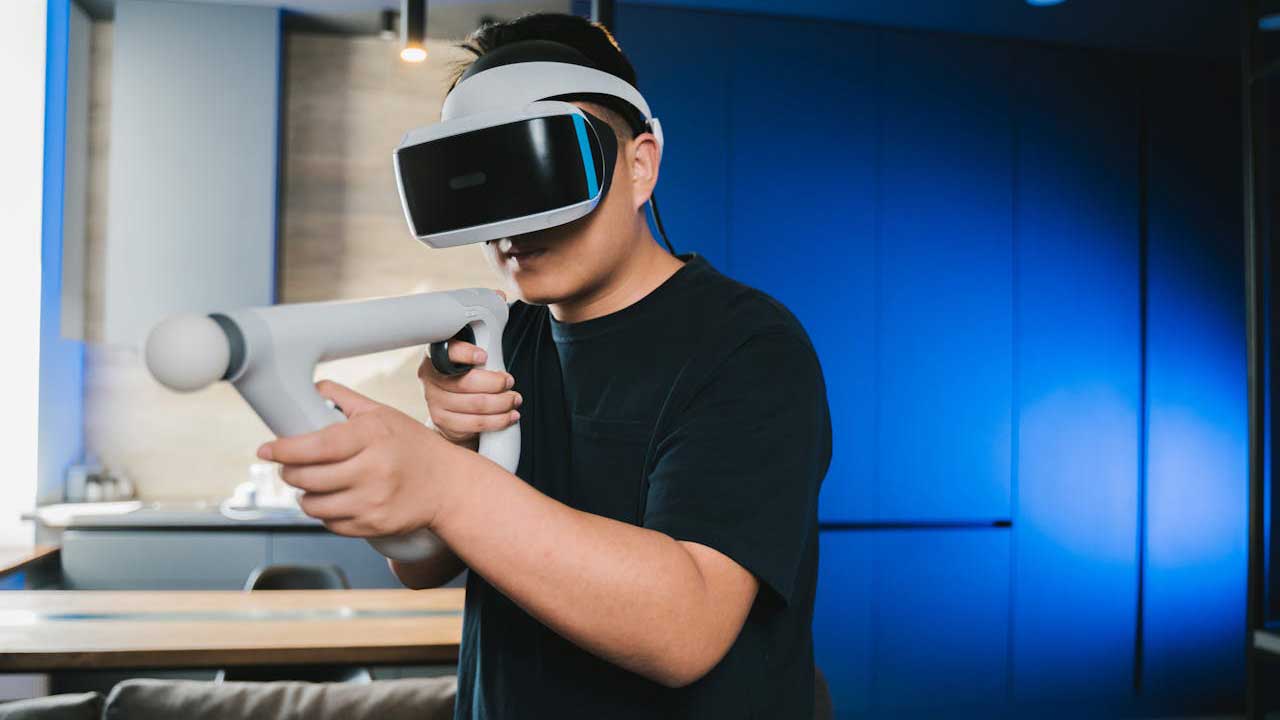
 By
By